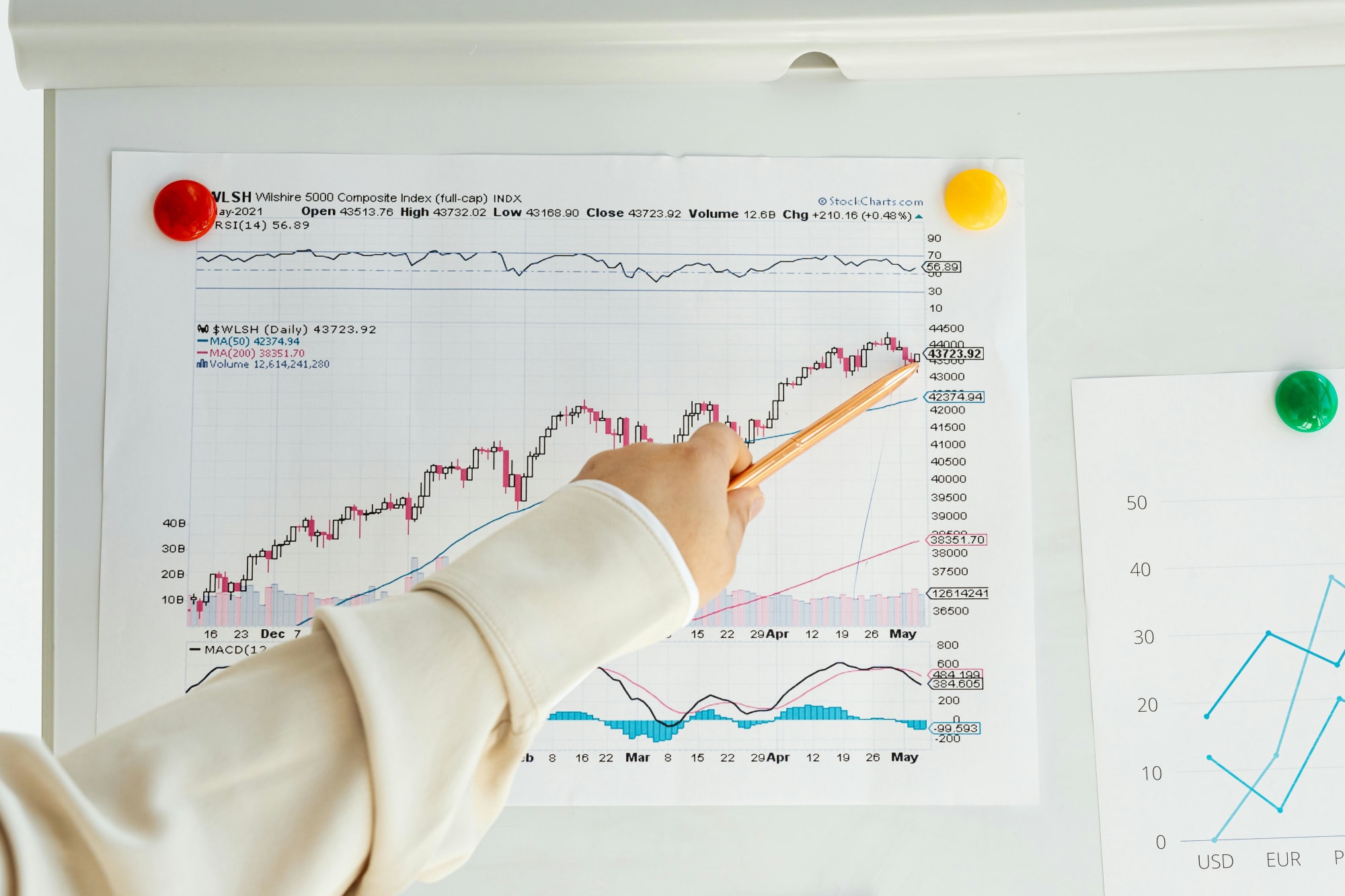Invest
Central bank optimistic amid COVID relief packages
A better than expected outcome on the health front could see a shallower than expected economic impact, with governments easing lockdown measures earlier than anticipated, the Reserve Bank has noted.
Central bank optimistic amid COVID relief packages
A better than expected outcome on the health front could see a shallower than expected economic impact, with governments easing lockdown measures earlier than anticipated, the Reserve Bank has noted.

The Reserve Bank of Australia (RBA) has released minutes from its monetary policy board meeting earlier this month, at which it unsurprisingly held the official cash rate at the “lower bound” of 0.25 per cent.
The central bank acknowledged the severity of the challenges facing the Australian economy, which it said has slipped into the deepest downturn in almost 90 years.
“Members recognised that the Australian economy was experiencing the biggest economic contraction since the 1930s,” the RBA stated.
“A very large number of people had lost their jobs or were working zero hours, household spending had weakened considerably, and some investment was being deferred or had been cancelled.”

But, according to the central bank, the light at the end of the tunnel may be closer than initially anticipated.
“Notwithstanding these developments, it was possible that the downturn would be shallower than earlier expected,” the RBA added.
“The rate of new infections had declined significantly, and some restrictions had been eased earlier than had previously been thought likely.”
Despite the renewed optimism, the RBA warned that the outlook remained “highly uncertain”, with the pandemic likely to have “long-lasting effects on the economy”.
According to the central bank, its monetary policy strategy, which also included a quantitative easing program and a $90-billion term funding facility, helped stabilise the financial system through the hardship.
“Members agreed that the bank’s policy package was working broadly as expected. The package had helped to lower funding costs and stabilise financial conditions, and was supporting the economy,” the central bank said.
“The package had also contributed to a significant improvement in the functioning of government bond markets, and the yield on three-year Australian government bonds was at the target of around 25 basis points.
“Given these developments, the bank had purchased government bonds on only one occasion since the previous meeting, although it was prepared to scale up these purchases again, if necessary, to achieve the yield target and ensure bond markets remain functional.”
The board reiterated that the 0.25 per cent target rate would remain in place “until progress was made towards the goals for full employment and inflation”.
The central bank concluded by lauding the “substantial, coordinated and unprecedented” level of fiscal and monetary policy stimulus.
“It was likely that this fiscal and monetary support would be required for some time,” the central bank stated.
“The board remained committed to supporting jobs, incomes and businesses and to making sure that Australia is well placed for recovery.
“Its actions were keeping funding costs low and supporting the supply of credit to households and businesses. This accommodative approach would be maintained as long as required,” the RBA concluded.
Did you enjoy this article? You may also be interested in:
- RBA reveals its June Cash Call
- Home loan arrears set to rise, RBA warns
- Experts predict economy won't recover until 2022
About the author

About the author


Economy
RBA's hawkish stance reflects inflation concerns, State Street economist comments
In a recent statement, the Reserve Bank of Australia (RBA) has signaled a hawkish stance on interest rates, drawing insights from financial experts about the implications for Australia's economic ...Read more

Economy
Navigating the inflation maze: How CFOs can outsmart economic hurdles in Australia
Fresh inflation data have cooled expectations of near-term rate cuts in Australia, intensifying pressure on margins, capital allocation and demand. Rather than wait for monetary relief that may not ...Read more

Economy
Inflation concerns rise as Australia's CPI climbs to 3.8% in October
Australia's latest Consumer Price Index (CPI) figures have sent ripples through the economy, with headline inflation accelerating to 3.8% year-on-year in October, up from 3.6% in September. The data, ...Read more

Economy
October CPI results pose challenges for RBA’s monetary policy stance
In a surprising turn of events, the October Consumer Price Index (CPI) data has raised eyebrows among economists and market strategists, revealing stronger-than-expected inflationary pressures in ...Read more

Economy
Global deal activity declines by 6% amid economic uncertainty, reports GlobalData
In a year characterised by economic turbulence and evolving market conditions, global deal activity has witnessed a notable downturn during the first ten months of 2025. According to GlobalData, a ...Read more

Economy
Australia’s softening labour market puts another RBA cut in play — here’s what business should do now
A four-year high in unemployment has revived expectations the Reserve Bank could deliver another rate cut as soon as November. With quarterly GDP growth running at 0.6 per cent and annual growth at ...Read more

Economy
Rising CPI reinforces RBA’s stance as rate cut expectations remain: State Street
State Street Global Advisors says the Reserve Bank of Australia (RBA) is likely to hold its current policy outlook following the release of September quarter inflation data, which showed an unexpected ...Read more

Economy
NSW SES boosts tsunami preparedness ahead of World Tsunami Awareness Day
As World Tsunami Awareness Day approaches on 5 November, the New South Wales State Emergency Service (NSW SES) is ramping up efforts to enhance tsunami preparedness along the east coastRead more

Economy
RBA's hawkish stance reflects inflation concerns, State Street economist comments
In a recent statement, the Reserve Bank of Australia (RBA) has signaled a hawkish stance on interest rates, drawing insights from financial experts about the implications for Australia's economic ...Read more

Economy
Navigating the inflation maze: How CFOs can outsmart economic hurdles in Australia
Fresh inflation data have cooled expectations of near-term rate cuts in Australia, intensifying pressure on margins, capital allocation and demand. Rather than wait for monetary relief that may not ...Read more

Economy
Inflation concerns rise as Australia's CPI climbs to 3.8% in October
Australia's latest Consumer Price Index (CPI) figures have sent ripples through the economy, with headline inflation accelerating to 3.8% year-on-year in October, up from 3.6% in September. The data, ...Read more

Economy
October CPI results pose challenges for RBA’s monetary policy stance
In a surprising turn of events, the October Consumer Price Index (CPI) data has raised eyebrows among economists and market strategists, revealing stronger-than-expected inflationary pressures in ...Read more

Economy
Global deal activity declines by 6% amid economic uncertainty, reports GlobalData
In a year characterised by economic turbulence and evolving market conditions, global deal activity has witnessed a notable downturn during the first ten months of 2025. According to GlobalData, a ...Read more

Economy
Australia’s softening labour market puts another RBA cut in play — here’s what business should do now
A four-year high in unemployment has revived expectations the Reserve Bank could deliver another rate cut as soon as November. With quarterly GDP growth running at 0.6 per cent and annual growth at ...Read more

Economy
Rising CPI reinforces RBA’s stance as rate cut expectations remain: State Street
State Street Global Advisors says the Reserve Bank of Australia (RBA) is likely to hold its current policy outlook following the release of September quarter inflation data, which showed an unexpected ...Read more

Economy
NSW SES boosts tsunami preparedness ahead of World Tsunami Awareness Day
As World Tsunami Awareness Day approaches on 5 November, the New South Wales State Emergency Service (NSW SES) is ramping up efforts to enhance tsunami preparedness along the east coastRead more








